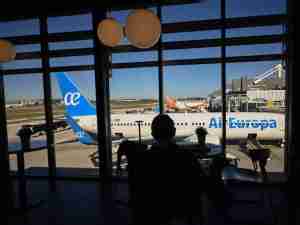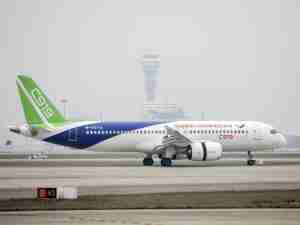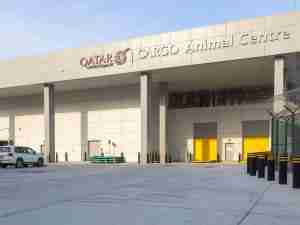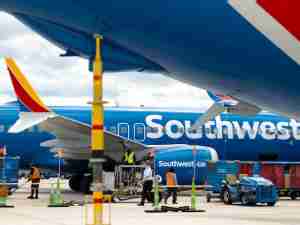More the 140 LATAM Cargo planes (equivalent to B767-300F) took off from Colombia and Ecuador, carrying flowers for enlivening the 2019 Valentine’s Day season, which, together with Mother’s Day (April and May), represents the peak of the fresh flower export activity. Red and pink roses, mixed bouquets, carnations, chrysanthemums, iris, gypsophila and greenery were the stars of the season that started 14 January and ended last 8 February, with more than 9,000 tons of flowers transported.

During the four weeks that preceded the Valentine’s Day holiday, LATAM Cargo transported flowers from Bogota and Medellin in Colombia and from Quito in Ecuador towards markets in North America, Europe, Asia, South America and Oceania. This connectivity was made possible thanks to the 140 destinations that make up the LATAM Cargo network, linking Latin America to the rest of the world.
To satisfy the demand, LATAM Cargo, the leader in air cargo transportation to, from and within Latin America, increased its cargo frequencies in Colombia from 12 (6 from Bogota and 6 from Medellin) to 23 flights during the busiest week. Something similar happened in Ecuador, where the company augmented its frequencies from 10 to 31 cargo flights during the peak week. In total, the operation was 2.4 times larger than usual, transporting 4,180 tons of fresh flowers from Colombia and 4,920 from Ecuador.
The main importer of this season's flowers was the United States. The city of Miami was particularly relevant, as it received 8,050 tons, equivalent to 88% of the flowers transported by LATAM Cargo during the Valentine’s Day holiday, almost doubling the regular traffic. Miami is one of the world's largest distribution hubs and home to the cargo operations of LATAM Airlines Group.
It is followed by Amsterdam (the Netherlands) with 500 tons (6%) and, to a lesser proportion, Hong Kong, Shanghai and Beijing (China), Madrid (Spain) and Paris (France). Flowers were also flown into New York (USA), Santiago (Chile) and New Zealand, among other destinations.
“Valentine’s Day and Mothers’ Day are peak periods where LATAM Cargo demonstrates its leadership in Latin America, successfully completing a highly complex operation. We have the expertise to increase frequencies and meet our customers’ needs. We are dynamic and rigorous in our operation and even when demand spikes we can tackle the challenge of maintaining the cold chain so that flowers can retain their properties, freshness and quality. In this way, we are helping to boost Colombia and Ecuador’s position as major global producers of fresh flowers,” commented Felipe Caballero, Commercial Director for Central & South America North Región, LATAM Cargo.
Colombia and Ecuador: Leading flower production in Latin America
The Bogota savanna in Colombia is the country's main flower growing area, with 70% of production. It is followed by the Eastern Antioquia region (25%) and other areas across the country. In the savanna, the municipality of Madrid has the largest number of hectares planted, although other areas like Funza, El Rosal, Chía, Cajicá, Facatativá, Tocancipá and Tenjo also stand out as large producers.
In Eastern Antioquia, the main production zone is La Ceja, followed by Rionegro, Guarne, La Unión, El Carmen de Viboral and the municipality of Santa Elena.
In Ecuador, flower production concentrates in the areas of Cayambe and El Quinche, which account for almost 60% of all roses exported, and Latacunga with approximately 1,000 hectares planted. The province of Azuay also produces large numbers of flowers.











